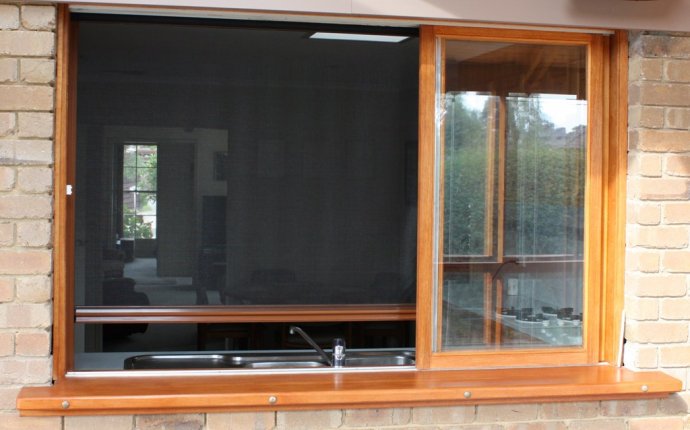
Pull Down Windows Screen
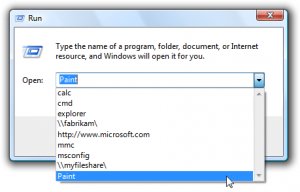
Is this the right control?
To decide, consider these questions:
- Is the control used to choose one option from a list of mutually exclusive values? If not, use another control. To choose multiple options, use a standard multiple-selection list, check box list, list builder, or add/remove list instead.
- Are the options commands? If so, use a menu button or split button instead. Use drop-down lists and combo boxes for objects (nouns) or attributes (adjectives), but not commands (verbs).
- Does the list present data, rather than program options? Either way, a drop-down list or combo box is a suitable choice. By contrast, radio buttons are suitable only for a small number of program options.
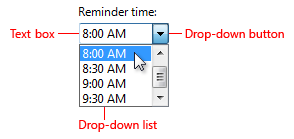 Drop-down lists
Drop-down lists
- Is there a default option that is recommended for most users in most situations? Is seeing the selected option far more important than seeing the alternatives? Consider using a drop-down list if you don't want to encourage users to make changes by hiding the alternatives. If not, consider radio buttons, a single-selection list, or an editable list box, which give more emphasis to the alternative choices.
In this example, the highest color quality is the best choice for most users, so a drop-down list is a good choice to downplay the alternatives.
- Do you want to draw attention to the option? If so, consider radio buttons, a single-selection list, or an editable list box, which tend to draw more attention by taking more screen space. Because drop-down lists are compact, they are good choices for options that you want to underemphasize.
- Is screen space at a premium? If so, use a drop-down list because the screen space used is fixed and independent of the number of choices.
- Are there other drop-down lists on the window? If so, consider using a drop-down list for consistency.
Editable drop-down lists
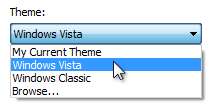 In addition to the principles just provided for drop-down lists, the following also apply:
In addition to the principles just provided for drop-down lists, the following also apply:
- Are the possible choices constrained? If so, use a normal drop-down list instead. Combo boxes are for unconstrained input, in which users may need to enter a value not currently in the list. Because the input is unconstrained, if users enter text that isn't valid you must handle the error with an error message.
- Can you enumerate the most likely choices in advance? If not, use a text box instead.
- Is the drop-down list being used to list previous user input? Unless users need to review the complete list of previous input, use a text box with the auto-complete option instead.
In this example, users may need to review their previous input, so an editable drop-down list is a good choice.
In this example, a text box with auto-complete is a good choice.
- Will users need assistance in selecting valid values? If so, use a text box with a Browse button instead.
In this example, users can click "To" to help them select valid values.
- Is it important to encourage users to review the alternative choices or invite change? If so, consider using an editable list box instead.
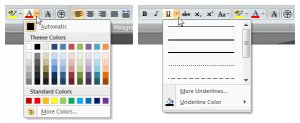 With an editable drop-down list, users aren't going to be aware of the alternatives until the list is dropped.
With an editable drop-down list, users aren't going to be aware of the alternatives until the list is dropped. - Do users need to locate an item rapidly in a large list? (Win32 only) If so, use a combo box because users can select an item by typing its full name. By contrast, the Win32 drop-down list selects items based only by the last character typed (so typing "Jun" into a list of months would match November, not June). In this case, use a combo box even if the possible choices are constrained.
Editable list boxes
- Are the possible choices constrained? If so, use a single-selection list or normal drop-down list instead. Combo boxes are for unconstrained input, where users may need to enter a value not currently in the list. Because the input is unconstrained, if users enter text that is not valid you must handle the error with an error message.
- Is it important to encourage users to review the alternative choices or invite change? If not, consider an editable drop-down list instead.
- Do you want to draw attention to the option? If not, consider an editable drop-down list instead. Because drop-down lists are compact, they are good choices for options that you want to underemphasize.
- Is screen space at a premium? If so, use an editable drop-down list because the screen space used is fixed and independent of the number of choices.
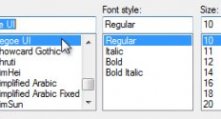
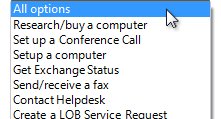
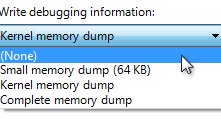
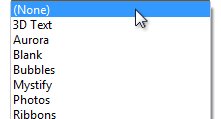
Source: msdn.microsoft.com









